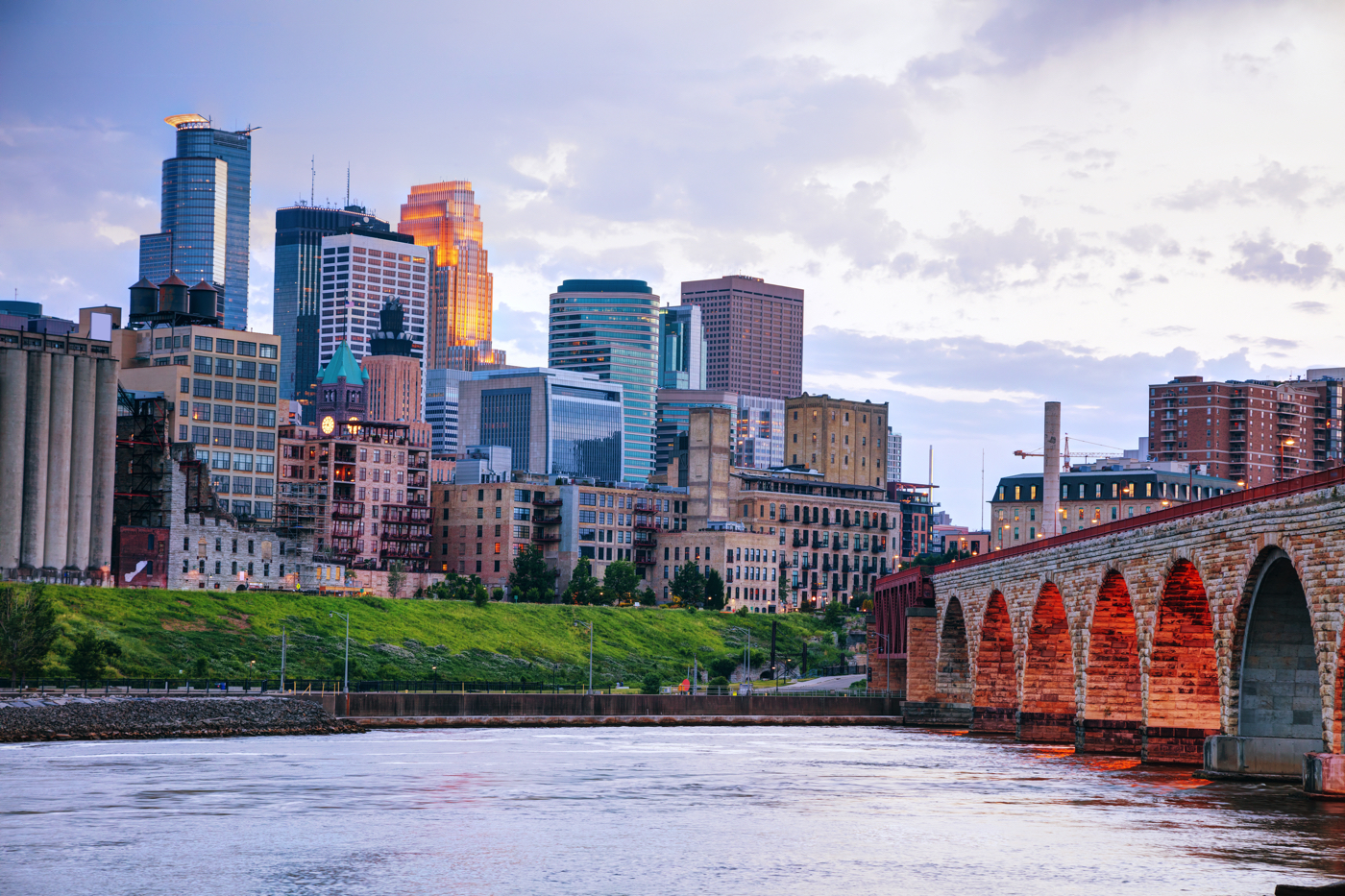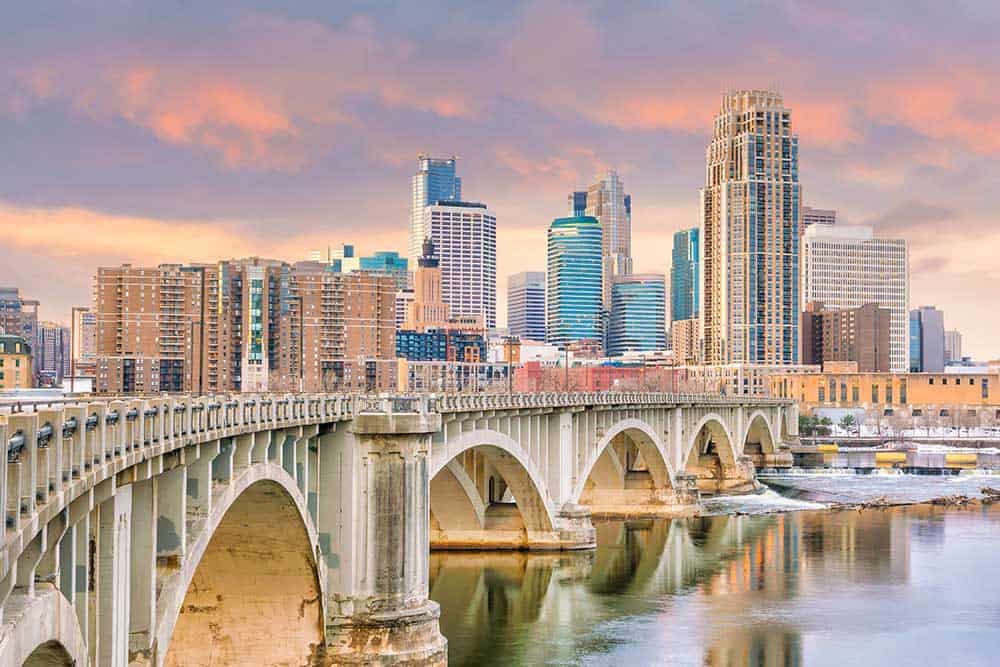Minneapolis Gangs Map: Unveiling The City's Complex Landscape
The concept of a Minneapolis gangs map might sound like something out of a crime drama, but for residents, law enforcement, and community organizations, it represents a crucial tool for understanding the dynamics of gang violence, territorial disputes, and community safety within the city. This visual representation outlines gang territories and hotspots, serving as a vital resource to grasp where gang activity is most prevalent and how it impacts daily life.
Understanding the intricate web of gang activity in any major city is a monumental task, and Minneapolis is no exception. Beyond sensational headlines, there's a complex reality shaped by historical factors, socio-economic conditions, and ongoing conflicts. This article delves into the significance of such maps, exploring how they are used, what they reveal about the city's gang landscape, and the broader implications for public safety and community well-being.
Table of Contents
- Understanding the Minneapolis Gangs Map
- The Purpose and Utility of Gang Maps
- Historical Context: Gangs in the Twin Cities
- The Current Landscape of Gang Activity in Minneapolis
- Navigating Crime Data and Trends
- Neighborhoods and Their Challenges
- Law Enforcement Efforts and Impact
- Beyond the Map: Community Solutions
Understanding the Minneapolis Gangs Map
At its core, a Minneapolis gangs map is more than just lines on a drawing; it's a dynamic visual representation. It meticulously outlines gang territories and hotspots within the city, offering a nuanced understanding of where gang activity is most prevalent. This isn't merely a static image but a living document, often updated with new intelligence and data to reflect the ever-evolving nature of gang dynamics. By examining this map, residents and law enforcement can gain invaluable insights into the prevalence and distribution of gang affiliations across the city.
- Tehran Is Where
- Kyla Dodds Leaked Video
- Ripped Digital Chloe Kreams
- Noelleleyvamoxymgmtcom
- Ella Emhoff Sexuality
The map's utility extends far beyond simple identification. It helps to visualize the complex interplay of various factors that contribute to gang presence, from historical roots to current socio-economic conditions. For those seeking to understand the underlying causes and manifestations of urban violence, the insights provided by a comprehensive Minneapolis gangs map are indispensable.
The Purpose and Utility of Gang Maps
The creation and maintenance of a Minneapolis gangs map serve multiple critical purposes, primarily aimed at enhancing public safety and fostering community resilience. Its value is recognized across various sectors, from uniformed officers on patrol to community leaders working directly with at-risk youth.
For Law Enforcement and Community Organizations
For law enforcement, the map is an essential strategic tool. It allows police departments to pinpoint areas requiring increased patrols, allocate resources more effectively, and develop targeted intervention strategies. By understanding the geographical distribution of gangs, investigators can better connect seemingly disparate incidents, such as the feuds between "The Untouchables" and "The Goon Squad," which includes members of "Gangster Disciples" and "Shotgun Crypts," as outlined in court complaints detailing related shootings between April 23 and May 10. This level of detail helps in understanding the root causes of violence and preventing future conflicts.
Community organizations also leverage this data to inform their outreach programs. Knowing the hotspots allows them to deploy resources where they are most needed, whether it's for conflict resolution, youth mentorship, or providing alternatives to gang involvement. It helps them engage with specific communities and individuals who are most affected by gang activity, fostering trust and building bridges towards positive change.
For Residents and Community Safety
For residents, while perhaps not directly accessible in its raw, sensitive form, the insights derived from a Minneapolis gangs map contribute to a broader understanding of neighborhood safety. Websites and public data platforms often present crime data by location and date, allowing residents to discover detailed crime rates and maps for Minneapolis, MN. This empowers individuals to explore the safest neighborhoods, compare crime statistics, and understand crime trends in the city, enabling them to make informed decisions about where to live, work, and send their children to school. It transforms abstract crime statistics into actionable knowledge, enhancing personal and communal safety awareness.
Historical Context: Gangs in the Twin Cities
To truly grasp the current situation depicted on a Minneapolis gangs map, it's important to acknowledge the city's long and often turbulent history with organized crime. In the early 1900s, the Twin Cities region was, in fact, a haven for gangsters. Figures like John Dillinger and Ma Barker found refuge and operated within its borders, utilizing hidden locations and hideouts that are now part of local lore. This era laid some of the groundwork for a complex relationship between the city and its criminal underworld, shaping perceptions and contributing to the challenges faced today.
While the nature of gangs has evolved significantly from the Prohibition-era syndicates to today's street gangs, this historical context reminds us that gang activity is not a new phenomenon but a recurring societal challenge with deep roots. Understanding this lineage helps to contextualize the persistent issues and the long-term efforts required to address them effectively.
The Current Landscape of Gang Activity in Minneapolis
The contemporary gang landscape in Minneapolis is characterized by a dynamic interplay of various groups, each with its own territories, rivalries, and internal structures. The Minneapolis gangs map reflects this complexity, offering a visual guide to the city's most active areas.
Prevalence and Numbers
According to comprehensive studies, the scale of gang activity in Minneapolis is significant. A key reference, "Gangs in America III," by C, highlights that "some 32 active gangs with about 2,650 members were identified as being central to gang violence in Minneapolis." This statistic underscores the pervasive nature of the issue and the considerable number of individuals involved in gang-related activities. The map helps to visualize where these numbers translate geographically, showing the concentration of members and activities across different neighborhoods.
Furthermore, understanding the demographics of gangs in Minneapolis, along with the estimated gang risk index and trends in gang activity, provides a deeper analytical perspective. This information, often compiled on dedicated web pages, can also link to prison gang news, profiles, and reports, painting a holistic picture of the criminal ecosystem.
Identifying Key Gangs and Conflicts
The Minneapolis gangs map often details specific gangs, sets, and cliques that have the most contact with the Minneapolis Police Department. This includes groups like "The Untouchables," "The Goon Squad" (with ties to "Gangster Disciples" and "Shotgun Crypts"), and the "Highs gang" from North Minneapolis. The conviction of five members of the Highs gang in federal court on charges including murder underscores the serious nature of these conflicts and the ongoing efforts by authorities to dismantle violent organizations.
Territorial disputes are a major driver of violence, and the map visually represents these contested zones. For instance, the previously mentioned feud between "The Untouchables" and "The Goon Squad" highlights how specific rivalries can lead to a series of related shootings, impacting community safety. These insights are crucial for understanding patterns of violence and developing targeted interventions.
Navigating Crime Data and Trends
Beyond simply showing locations, the data behind a Minneapolis gangs map is often integrated with broader crime statistics. This allows users to view crime data by location and by date, providing a temporal dimension to the geographical insights. Such detailed crime rates and maps for Minneapolis, MN, are invaluable for understanding not just where crimes occur, but also when, and how trends are evolving.
This comprehensive approach helps in identifying emerging patterns, assessing the effectiveness of current crime prevention strategies, and forecasting potential future hotspots. It moves beyond anecdotal evidence to provide data-driven insights into the city's safety landscape, allowing for more informed decision-making by both public officials and residents.
Neighborhoods and Their Challenges
The impact of gang activity is not evenly distributed across Minneapolis; certain neighborhoods bear a disproportionate burden. The Minneapolis gangs map clearly illustrates these disparities, highlighting areas that are more prone to gang-related violence and criminal activity. For example, discussions around areas like "North Loop" and "Ventura Village" often surface in the context of urban development and social challenges. While "North Loop" might be associated with "rich hipsters getting unaffordable," suggesting gentrification, areas like "Ventura Village" face different pressures, often linked to a "legacy of failure" in addressing underlying social issues that contribute to gang proliferation.
Understanding these neighborhood-specific challenges is vital for developing tailored solutions. It's not just about mapping gang territories, but also about understanding the socio-economic factors, community resources, and historical grievances that contribute to the problem in each unique area. This granular understanding is key to fostering safer, more resilient communities.
Law Enforcement Efforts and Impact
The insights derived from a Minneapolis gangs map directly inform and enhance law enforcement strategies. Police departments utilize this intelligence to conduct targeted operations, leading to significant arrests and convictions. The federal jury conviction of five members of the "Highs gang" from North Minneapolis on various charges, including murder, serves as a powerful example of such efforts. These successes demonstrate the commitment of law enforcement to disrupting gang operations and holding individuals accountable for violent crimes.
Beyond reactive measures, the map aids in proactive policing and prevention. By identifying areas with high gang density, police can implement community-oriented policing initiatives, foster better relationships with residents, and work to deter gang recruitment. This strategic use of data aims to reduce overall gang violence and improve public safety.
Beyond the Map: Community Solutions
While a Minneapolis gangs map is an invaluable tool for understanding and addressing gang activity, it's crucial to recognize that it represents only one piece of a much larger puzzle. Sustainable solutions to gang violence extend far beyond law enforcement and mapping. They require a holistic approach that integrates community-led initiatives, social programs, and economic development.
Community organizations, often working hand-in-hand with residents, play a pivotal role in providing alternatives to gang life, offering mentorship, educational opportunities, and job training. Investing in neighborhoods, addressing systemic inequalities, and fostering a sense of belonging are equally important in preventing individuals from joining gangs and helping those already involved to transition out. Ultimately, the map serves as a guide, but the true work of building safer communities happens through collaborative efforts that empower individuals and strengthen the social fabric of Minneapolis.
Conclusion
The Minneapolis gangs map is a critical instrument in the ongoing effort to understand and combat gang violence in the city. From providing law enforcement with strategic insights into territorial disputes and hotspots to empowering residents with knowledge about crime trends and neighborhood safety, its utility is undeniable. We've explored its historical context, delved into the current prevalence of gangs, and highlighted how data is used to navigate the complex landscape of crime and community challenges.
While the map offers a vital visual representation of a serious issue, it's a tool that must be used in conjunction with broader community engagement and systemic solutions. Understanding the dynamics of gang activity is the first step towards creating a safer, more resilient Minneapolis for all its residents. What are your thoughts on how cities can best utilize such tools while also fostering community-led solutions? Share your insights in the comments below, or explore other articles on our site to learn more about urban safety initiatives and community development.
- Martasalessales Age
- Gloria Torres Olifans
- Securely Connect Raspberry Pi With The Vpc Network And Remote Iot P2p
- Sarah Jakes Roberts Wikipedia
- Morgan Fille Video

23 Things To Do in Minneapolis You Can’t Miss

Minneapolis Neighborhood Guide: Where to Explore - Loews Hotel #

17 Fun Things to Do in Minneapolis On Your Minnesota Adventure